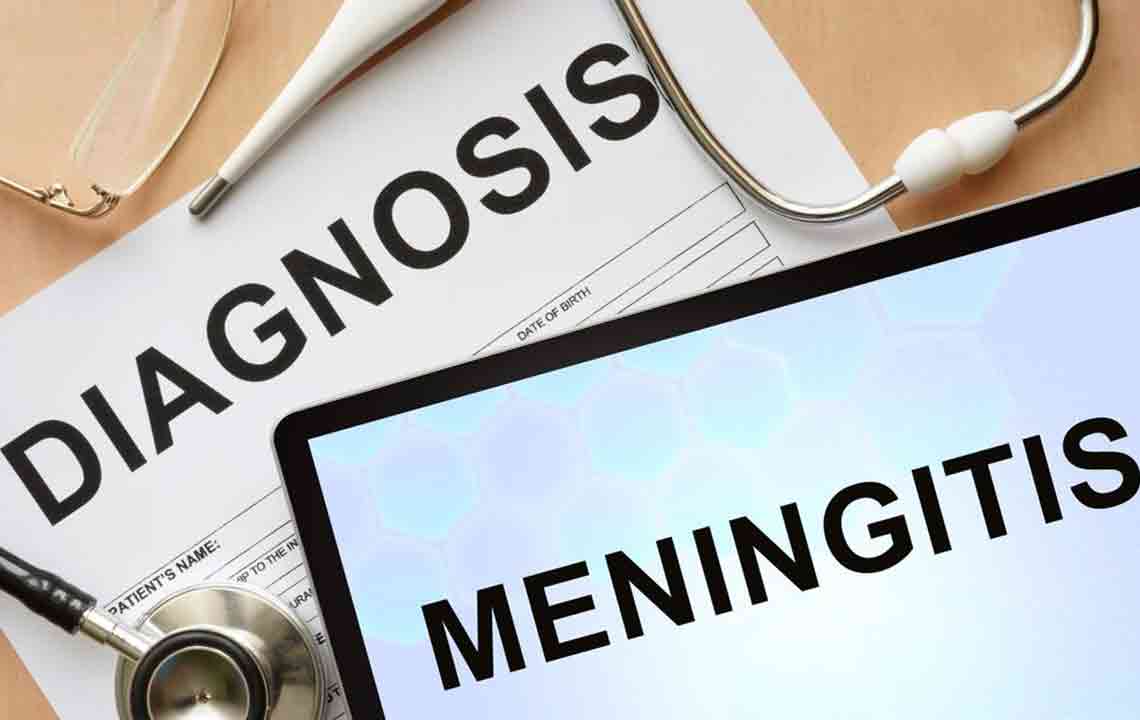Comprehensive Guide to Effective Meningitis Prevention and Management
This comprehensive guide provides in-depth strategies for preventing, diagnosing, and treating meningitis. Covering symptoms, vaccination, management of bacterial and viral forms, and preventive measures, it emphasizes early detection and timely intervention to improve patient outcomes and reduce complications. Suitable for healthcare providers, parents, and the public, it highlights the importance of vaccination, hygiene, and quick response to symptoms for effective meningitis control.

In-Depth Strategies for Preventing, Detecting, and Treating Meningitis
Meningitis is a critical medical condition characterized by the inflammation of the meninges, which are the protective membranes surrounding the brain and spinal cord. This inflammatory process can be caused by various pathogens, including viruses, bacteria, fungi, or autoimmune responses. The severity and progression of meningitis can vary significantly; some cases resolve spontaneously within a few weeks, while others require urgent medical intervention to prevent severe complications or death. Recognizing the importance of early diagnosis and prompt treatment is essential for improving patient outcomes and reducing the risk of long-term neurological damage.
Meningitis symptoms often mimic common illnesses such as the flu, which can delay diagnosis. Therefore, understanding the key signs and symptoms, along with available treatment options, is vital for healthcare providers and the public. Early recognition can lead to timely intervention, which is crucial for effective management. This comprehensive guide aims to explore the most common symptoms, the various etiologies of meningitis, and the recommended strategies for prevention and treatment, catering to both healthcare professionals and individuals seeking to protect themselves and their families from this potentially life-threatening disease.
Key Symptoms and Early Detection
The vast majority of meningitis cases in many countries are caused by viral infections, although bacterial, fungal, and autoimmune causes also play significant roles. Recognizing the symptoms early can dramatically influence the success of treatment and patient recovery. Here are some of the most common and notable symptoms for individuals aged 2 and above:
Persistent neck stiffness and soreness
Seizures or convulsions
Severe, unrelenting headaches
Sudden high fever spikes
Extreme sensitivity to light (photophobia)
Loss of appetite and general weakness
Reduced thirst sensation, leading to dehydration
Skin rashes or unusual discolorations
Disrupted sleep patterns or insomnia
Nausea and frequent vomiting
Preventive Vaccination Strategies
Vaccination remains a pivotal element in preventing the most common bacterial strains responsible for meningitis. Vaccines targeting meningococcal, pneumococcal, and Haemophilus influenzae type b (Hib) bacteria have been proven to effectively reduce disease incidence across all age groups, from infants to adults. Not only do these vaccines protect against bacterial meningitis, but some also offer protection against certain viral causes, such as the mumps or measles viruses that can lead to meningitis complications.
While vaccination is highly effective, it does not cover non-infectious causes such as autoimmune disorders or meningitis related to malignancies. Therefore, maintaining a comprehensive approach that includes vaccination, hygiene practices, and lifestyle modifications is essential for effective disease prevention.
Managing Bacterial Meningitis
Bacterial meningitis can develop rapidly and requires immediate medical attention. The primary treatment involves the administration of antibiotics targeted at the specific bacteria identified through laboratory diagnosis. Compatibility and timing are crucial; administering the correct antibiotics early can drastically improve recovery rates and reduce the risk of long-term neurological deficits.
Healthcare providers often initiate broad-spectrum antibiotics until the exact pathogen is identified, then tailor therapy accordingly. In some cases, corticosteroids are used alongside antibiotics to diminish brain inflammation and mitigate neurological damage.
Approach to Viral Meningitis Treatment
Unlike bacterial forms, viral meningitis often resolves with supportive care, as antibiotics are ineffective against viruses. The primary management includes bed rest, adequate hydration, and over-the-counter medications to control fever and pain. For specific viral causes such as herpes simplex virus or cytomegalovirus, antiviral medications may be prescribed to accelerate recovery and reduce symptom severity.
Some common antivirals used include acyclovir for herpes-related meningitis and ganciclovir for CMV infections. Treatment strategies depend on the viral pathogen involved and the patient’s overall health status.
Fungal and Autoimmune Meningitis Treatments
Fungal meningitis, although less common, can be life-threatening and requires aggressive treatment with high-dose intravenous antifungals like amphotericin B. The duration of therapy depends on the severity of the infection and response to treatment.
In cases where autoimmune responses cause meningitis, immunosuppressive therapies, including corticosteroids or other immune-modulating drugs, are utilized to control inflammation and prevent further neurological injury.
Preventive and Protective Measures
Preventing meningitis involves multiple strategies. Ensuring that vaccination schedules are up-to-date is the first line of defense. Good personal hygiene, frequent handwashing, and avoiding close contact with infected individuals can significantly lower infection risk. Maintaining overall health through proper nutrition, adequate sleep, and avoiding excessive alcohol consumption enhances immune system resilience.
People with underlying health conditions such as HIV/AIDS, diabetes, or cancer should be especially vigilant, as their immune systems may be compromised. Prompt medical attention at the first sign of symptoms — such as neck stiffness, high fever, or severe headaches — can be lifesaving. By adopting these proactive measures, individuals and communities can dramatically reduce the impact of meningitis and improve public health outcomes.





